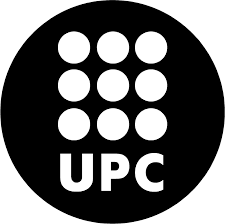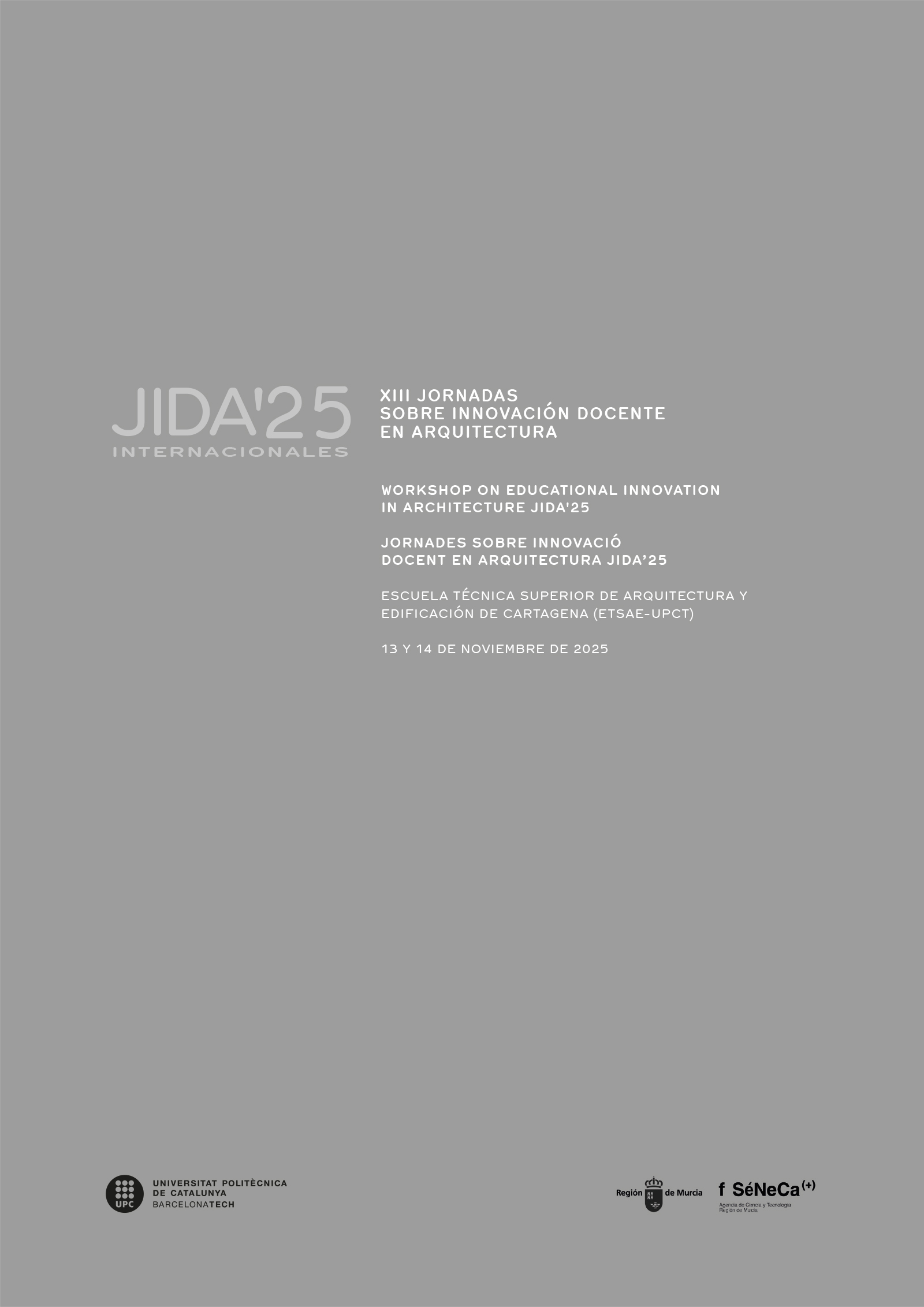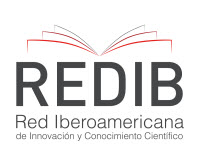Landscape prospection as a reference for the architectural project
DOI:
https://doi.org/10.5821/jida.2025.13644Keywords:
landscape, desertification, architectural projects, pre-existing environmental conditions, cross-disciplinary thinkingAbstract
The project is located in an informal neighbourhood in a northern Peruvian city, characterized by a built environment lacking productive references for architectural design and affected by a series of climate risks. The purpose of the course is to reveal a hidden layer of the territory that allows for the generation of new insights. Thinking about the environment from the perspective of environmental preexistences means activating a new reference point: the landscape. The project becomes an exercise in landscape urbanism that integrates different scales and disciplines. By applying the notion of “field” to the water table overflow area in that part of the city, the project moves from a perspective of climate risks to one that is addressed through the lens of water as a fertile resource. The interdisciplinary search based on the consilience of the references of a project for its most vulnerable citizens increased student motivation.
References
Allen, Stan. 1997. “From object to field”. Architectural Design, 67(5/6), 24–31. Londres: Wiley
Allen, Stan. 2009. Practice: Architecture, technique + representation (Rev. ed.). Nueva York: Routledge.
Benavente, Ignacio et alt. 2010. Informe del drenaje pluvial por gravedad de la franja central de Piura. Piura: Universidad de Piura.
Corner, James. 2006. “Terra Fluxus” The landscape urbanism reader editado por Charles Waldheim. 21-32. Nueva York: Princeton Architectural Press.
Devesa Devesa, Ricardo. 2012. La casa y el árbol. Aportes Teóricos al Proyecto de arquitectura. Tesis (doctoral) ETSA Universitat Politècnica de Catalunya. http://hdl.handle.net/10803/113573
González Vives, Carolina. 2014. Arquitectura antidesertización. Fluidez, biodiversidad, hidrofilia y transpirabilidad. Tesis Doctoral, E.T.S. Arquitectura UPM. https://doi.org/10.20868/UPM.thesis.33774.
Kwinter, Stanford. 1986. Zone ½. The contemporary city. Cambridge: MIT Press.
Laureano, Pietro. 2005. Atlas de agua. Los conocimientos tradicionales para combatir la desertificación. Barcelona: Laia Libros S.L.
Miloradovic Obradovic, Milutin. 2001. Estudio preliminar del drenaje de las aguas pluviales y del régimen hidráulico del área de habilitación urbana: zona Upis “Luis Antonio Eguiguren, Los Polvorines y aledañas al Parque Kurt Beer”. Volumen II. Memoria descriptiva. Piura: Municipalidad Provincial de Piura. Dirección de Desarrollo Urbano.
Ostrom, Elinor. 1990. Governing the commons. The evolution of institutions for collective action. Cambridge, UK: Cambridge University Press.
Reyes Salazar, Jorge. 2020-2022. Apuntes de clase del curso Morfologia Fluvial de la Maestria en Recursos Hidricos. Piura: Universidad de Piura.
Waldheim, Charles. 2016. Landscape as urbanism. Nueva York: Princeton University Press.
Waldheim, Charles. 2006. The landscape urbanism reader. Nueva York: Princeton Architectural Press.
Whewell, William. 1840. The philosophy of the inductive sciences: founded upon their history. Londres: John W. Parker.






















